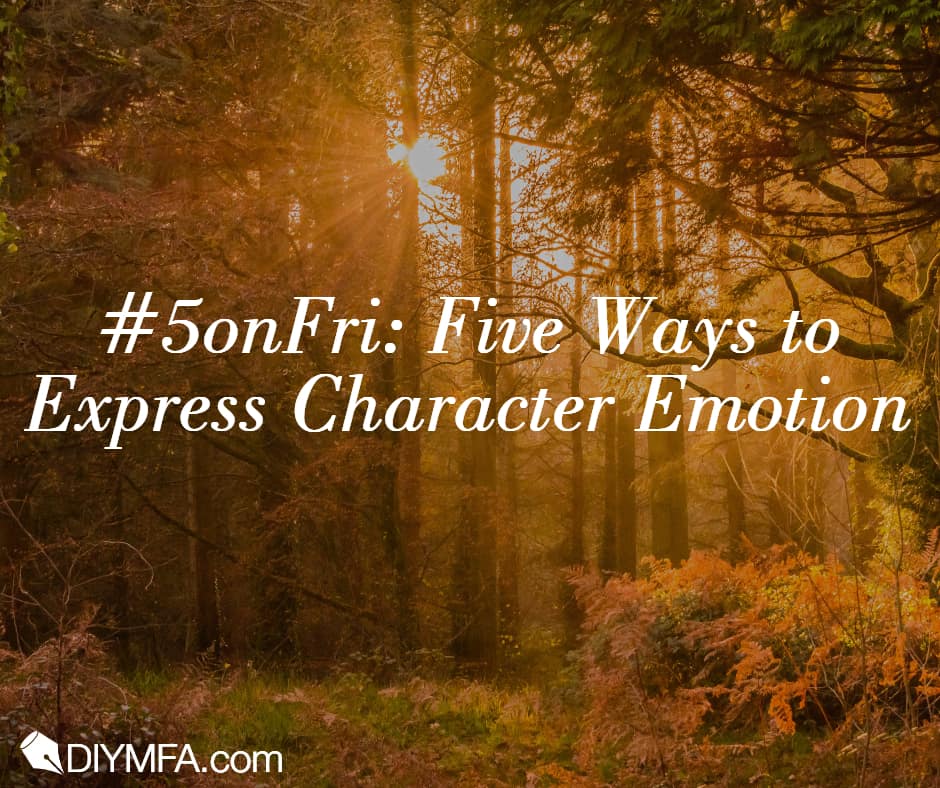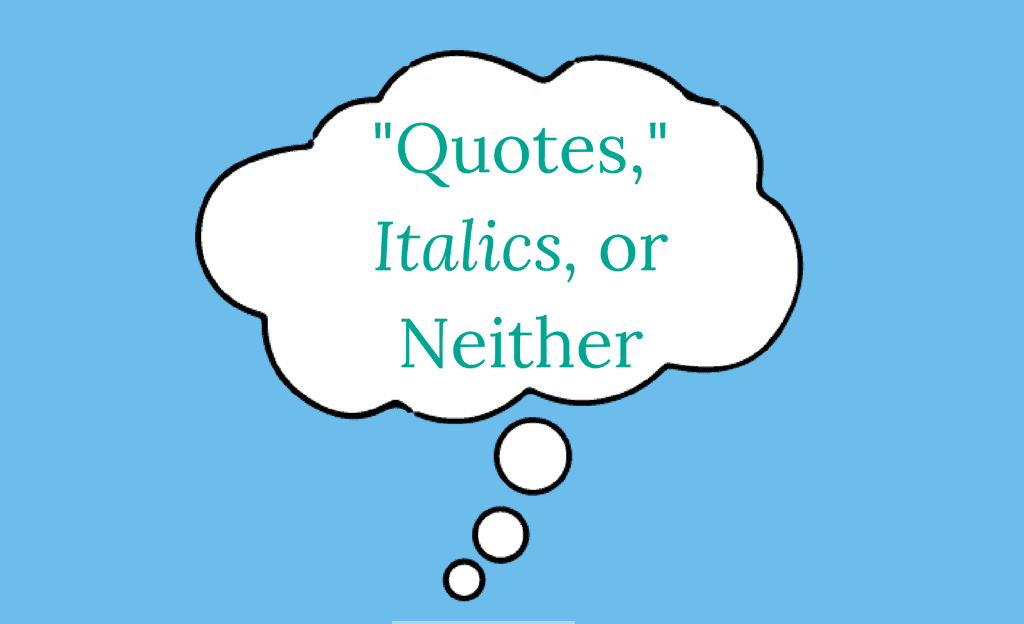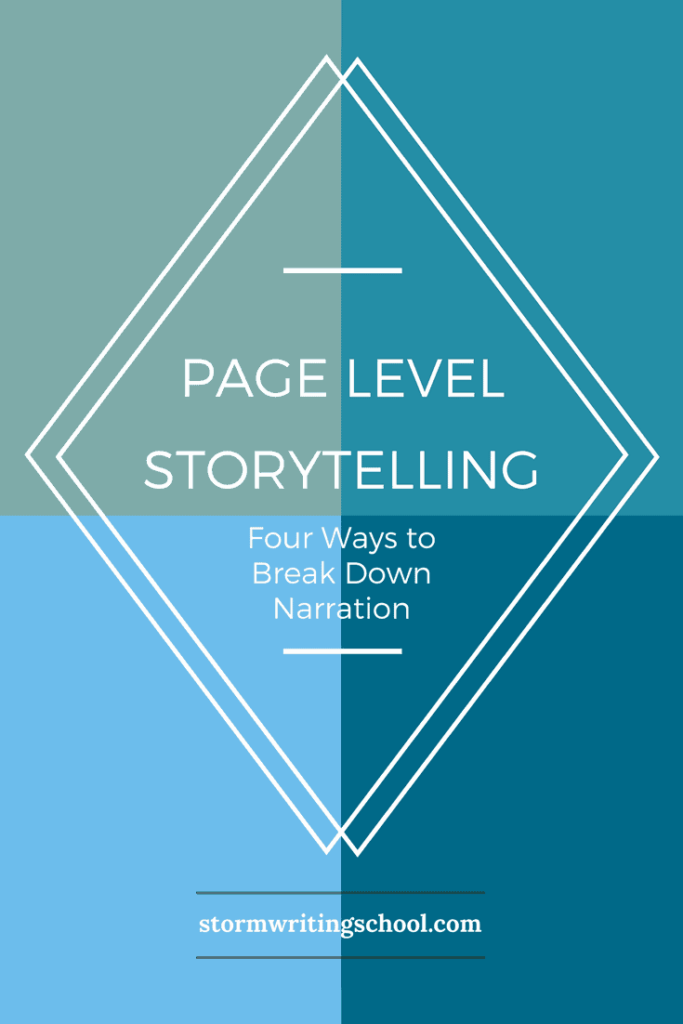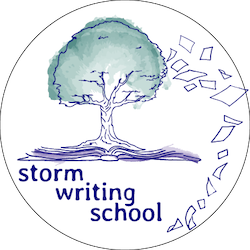Varieties of Omniscience

Using an omniscient narrator? It may help to be aware of these two dimensions, which account for the varieties of omniscient approaches.
How to Use Objects to Create More Powerful Stories

Objects are crucial to a story’s being unique and affecting. Here, we look at 5 ways to use objects to tighten up your story and make it more powerful.
Writing Character Emotion

Robert Olen Butler describes 5 ways the people express emotions. Writers can use these expressions to help build better character interiority. Here, his 5 expressions and an accompanying journal exercise.
The Problem with “Show, Don’t Tell”

The old writing adage of “show, don’t tell” is good advice, but it can occasionally get writers in trouble. Good writers sometimes fall prey to hyperdetailing–giving excessive description without serving the story.
Formatting Character Thoughts

Is it better to format character thoughts with quote marks or italics? I say neither. No special formatting is necessary to signify character thinking. You just need some solid narration.
10 Lessons from “Cat Person” on Character Interiority

Kristen Roupenian’s “Cat Person” handles character interiority masterfully. Here are 10 tips we can glean from the story.
Page-level Storytelling: Four Ways to Break Down Your Narration

When you’re putting together scenes in your story, you’re not just writing a list of events. Your narration guides the reader by providing more than present-time action. Consider these four breakdowns to help you craft your scenes.
